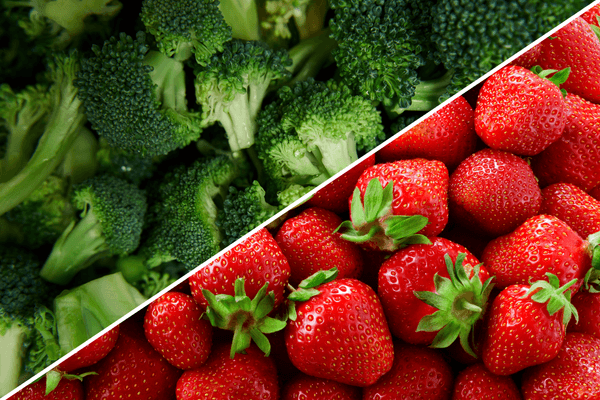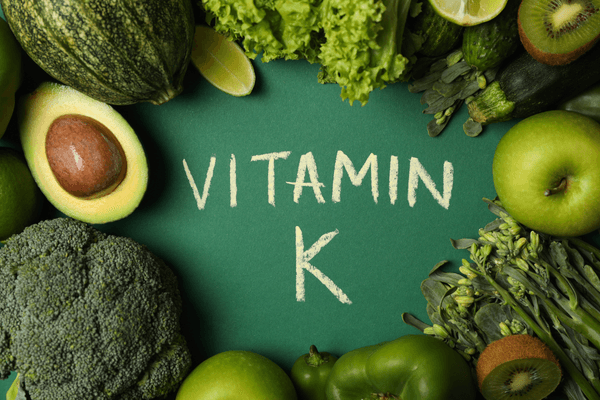Low fruit consumption and chronic disease
Poor fruit consumption is the major dietary cause of cardio metabolic illnesses worldwide. Research consistently demonstrates the beneficial effects of increasing fruit and vegetable intake on risk factors like blood pressure, serum lipid levels as well as a reduced risk of cardiovascular diseases, type 2 diabetes, and metabolic syndrome. Therefore, promoting fruit consumption is crucial to lessen the burden of these chronic illnesses.
Optimal fruit intake and dry fruit options
Studies suggest an optimal fruit intake of 200-300 grams per day for the lowest mortality risk. This aligns with dietary recommendations from many countries, which emphasise a variety of whole fruits. This includes fresh, frozen, cooked, canned, and dried options.
Nutritional value of dried fruit
Dried fruits offer a convenient and shelf-stable solution for overcoming common barriers to sufficient fruit intake. They can be enjoyed as a snack or incorporated into meals without preparation.
In order to overcome some frequent obstacles to consuming enough fruit, dried fruits are commonly accessible, shelf-stable fruit products that can be eaten as a snack or part of a meal without needing to be prepared. The minerals and bioactive in traditional dried fruits are mostly retained, with the exception of heat- and light-sensitive vitamin C.
These fruits are dried by sun or thermal processing without the addition of sugar or juice. The majority of dried fruits are good sources of dietary fibre and potassium. The sugars in traditional dried fruits are inherent to the fruits and are not included in the suggested limits for added sugar consumption, despite the fact that dried fruits are rich sources of simple sugars. The carotenoid concentration of dried fruits is also typically lower than that of fresh fruits.
Dried fruit and dietary guidelines
Dried fruits are accepted as substitutions for fresh fruits in authoritative dietary guidelines. Although western nations tend to consume less dried fruit than other regions, encouraging consumption could be a tactic to increase fruit intake and enhance cardio metabolic health.
Fruit consumption and mortality
Low fruit consumption is a significant risk factor for mortality in many populations. A recent study attributed nearly a third of premature deaths to inadequate diets, often characterised by low fruit and whole grain intake alongside high sodium. However, many of these estimates rely on extrapolating data from Western populations or inferring risk from chronic disease connections (e.g., blood pressure). While the link between fruit consumption and cardiovascular disease (CVD) mortality is well-established in Western populations, uncertainties remain regarding specific CVD subtypes and other prevalent chronic diseases.
Consuming dried fruit in moderation
Dried fruit can have certain drawbacks, though. Despite having exactly the same nutrients as the original fruit, it is easy to over consume it. Dehydrated fruit or dried fruit, is virtually the same but without the water. During drying, fruits loose about 75% of their volume, so portion sizes need to be adjusted accordingly.
A handful of dried apricots, for example, packs all the fruit’s calories and sugar alongside its fibre and antioxidants. While you get the benefits, be mindful of the calorie and sugar content. Compared to a handful of dried fruit, a handful of almonds or cashews might be more satiating, preventing overconsumption.
Dried fruit – A healthy snack option
Dried fruit serves as a fantastic, delicious alternative to sugary snacks and pastries. It serves as a healthy choice when fresh fruits like grapes or apples are impractical to carry.
Choosing the right dried fruit
When adding fruit, be mindful of serving amounts and double-check all labels before proceeding to the checkout line. Dried fruit should not be ornamented or sugar coated. Be especially cautious with naturally tart fruits like cherries and cranberries, which may be sweetened significantly. Ideally, the ingredient list should simply state the dehydrated fruit and confirm no added sulphites for preservation.
While not quite the same as fresh fruit, dried fruit remains a nutritious and convenient snack option.





